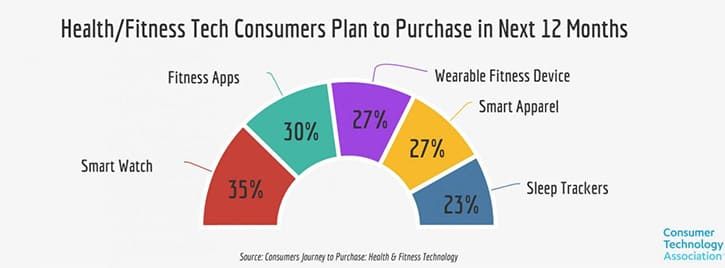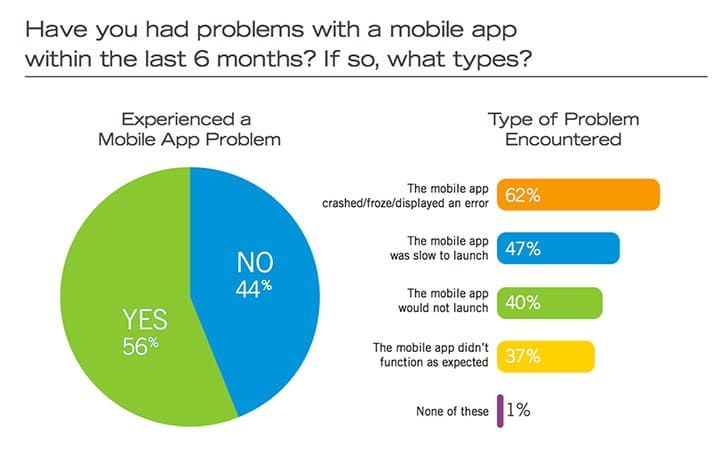Mobile fitness apps today do much more than count steps or calories. They've become everyday health partners by syncing with wearables, offering personalized insights, and helping users stay on track with their goals. Expectations are growing fast, and so is the pressure on developers to build apps that are intuitive, reliable, and secure.
Building these apps is not just about design or functionality. It’s about solving practical challenges like real-time syncing, multi-device compatibility, and handling personal health data with care. Developers need to think ahead and create experiences that feel effortless for users but run on complex technology behind the scenes.
According to Precedence Research, the global digital health market is expected to grow from USD 420.08 billion in 2025 to USD 1,093.65 billion by 2034, with a CAGR of 11.68 percent. That’s a huge jump and a clear sign that digital health solutions, including fitness apps, will continue to dominate in the coming years.
The fitness tracker market itself is also showing strong growth. Revenue is projected to hit USD 45.66 billion in 2025 and reach USD 56.82 billion by 2029. With this rising momentum, it’s a great time for developers to step in and build fitness solutions that match user expectations and business needs.
Data integrity and privacy
Challenge
A typical fitness app stores data from various sensors that are attached to a person’s wrist or they carry around in their pocket. In addition, a user can manually add data to the app, for example, what he ate at dinner or at a Subway.
Typically, the data is stored in a user’s device in addition to cloud. If an intruder gains access to the device, he will learn enough about the user to target a social engineering attack on him and gain access to even confidential information like his Credit Card Number or the ATM pin.
The intruder can sell the data to a third party who may target him with phishing attacks.
Takeaway
A single vulnerability in a data warehouse may compromise data of thousands of such users, which is in huge demand on the dark web.
Monetary transactions are done over a blockchain in virtual currency, making the sender and recipient untraceable.
Solution
For easy access to the app data while keeping the data unreadable to an unauthorized user, app developers must start encrypting any data the app generates.
The decryption key can be attached to the app lock code and can only be assessed when the right password is entered.
Hardware Integration
Challenge
Due to lack of common standards, it is hard for a mobile app to gain integration by adding a single line of code in its codebase.
A fitness app must be compatible with as many wearable devices as possible to gain a mass appeal.
The integration with Fitbit and Jawbone is something users expect out of every wellness and fitness app development.
Takeaway

There are more than 200 fitness hardware vendors in the market. An app just can’t have integration with every of those.
Solution
Most wearable vendors provide a set of APIs and SDKs to let 3rd party developers integrate their hardware into their apps.
You also develop an app with WatchKit for Apple Watch and Android Wear for smartwatches running Android.

Rapid application development
Challenge
With so many applications in the app stores, every fitness app developer wants to be on the app stores in the shortest duration.
They often must rush the development cycle and end up releasing half-baked fitness apps in the way, which kills the whole purpose. The market is hypercompetitive.
Takeaway

Compuware says that 62% of users have experienced a crash, freeze or error with an app or apps. Another 47% are the victim of slow launch times. 40% said they’ve tried an app that refused to launch.
Solution
The practices of agile development not only simplify mobile app development but also results in faster time to market.
Rather than putting too many features in the first release, in agile, the first release has a singular functionality. Newer functionalities are added with software updates based on feedbacks received.
Application updates
Challenge
With so many features to add, so many bugs and vulnerabilities to fix and meanwhile, working on users’ feedback, it’s easy to get lost as a developer to decide in which direction to steer the fitness mobile application.
In case of fitness apps, the possibilities are endless so are the number of decisions app strategists have to go through that extends the update cycle considerably and app abandonment
Takeaway
According to a blog post, 87% of Android devices are insecure due to lack of security updates.
Solution
Major developers around the world, including Jawbone, Fitbit, and Google Fit, have a fix update cycle during which the concerned team must update the app no matter what other developers are proposing.
The update could be a single bug fix that blurs backlight, but an update is an update. Those who are using the app must feel like first-class citizens.
Fitness app by peerbits
‘REPD’ is the ultimate app for cross-fit gym communities that empowers gymgoers to socialize within the community.
Meant to solve the persistent dilemma of fitness fanatics, the REPD app for fitness lets them use any gym around them so that no matter where they are, they don’t miss out on their workout regime.
Conclusion
Fitness service apps have grown far beyond simple step counters. With rising user demand and booming market size, the health and fitness app space is only going to get more competitive and innovative in the coming years.
Throughout this blog, we explored the key challenges developers face in building fitness apps, ranging from real-time tracking to user data privacy. We also walked through practical ways to tackle these issues and introduced our in-house solution, REPD, built to simplify development and improve app performance.
If you're planning to enter this space or looking to refine your current app idea, now’s a good time to connect with an experienced mobile app development company that understands both the tech and the user needs.
Let your next fitness app not just follow trends, but set them.









